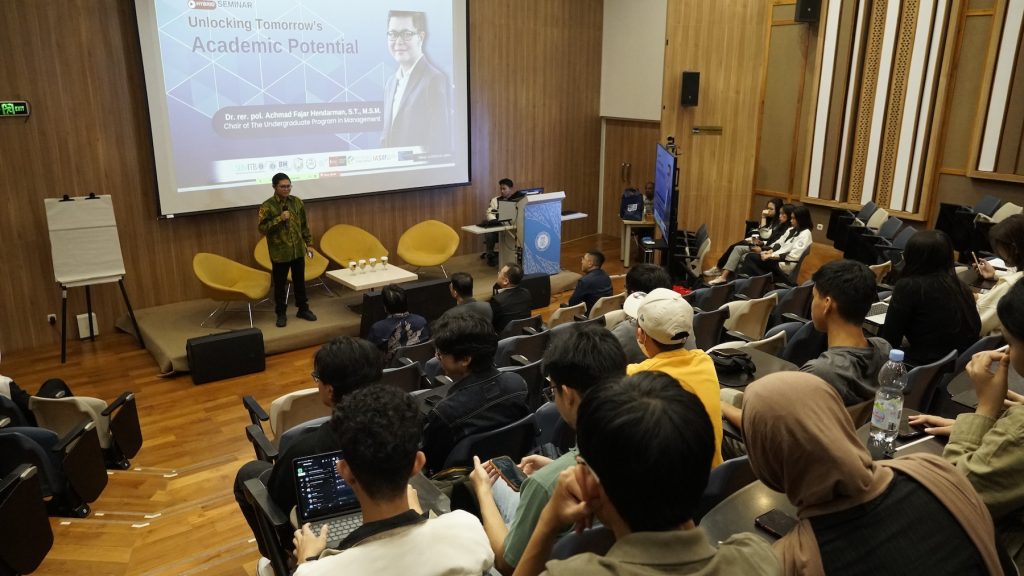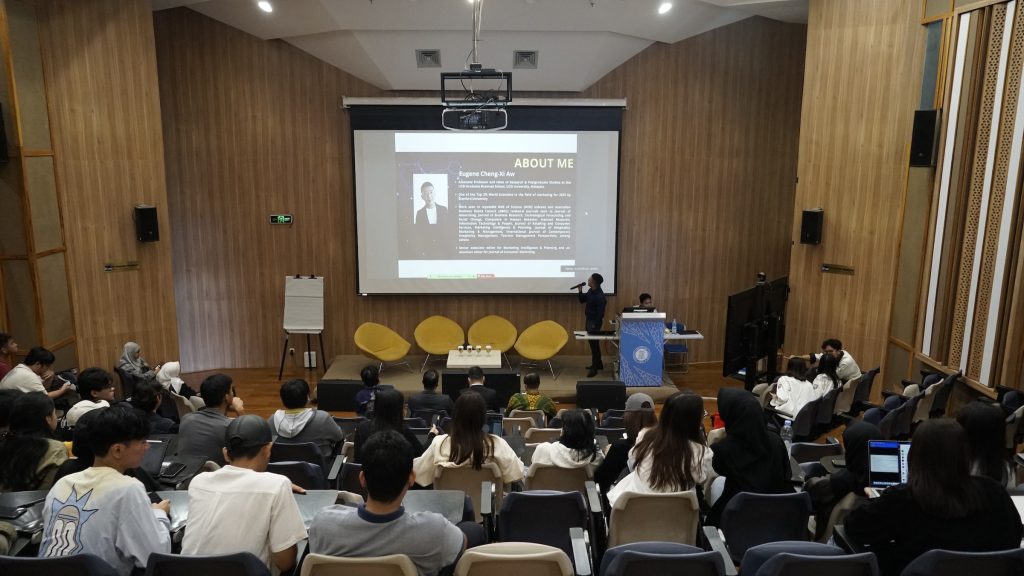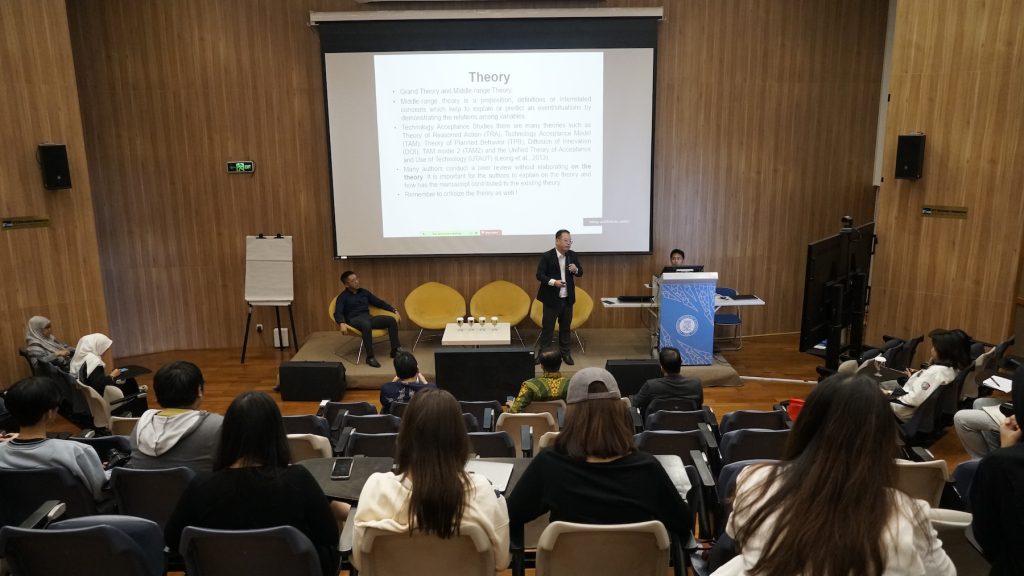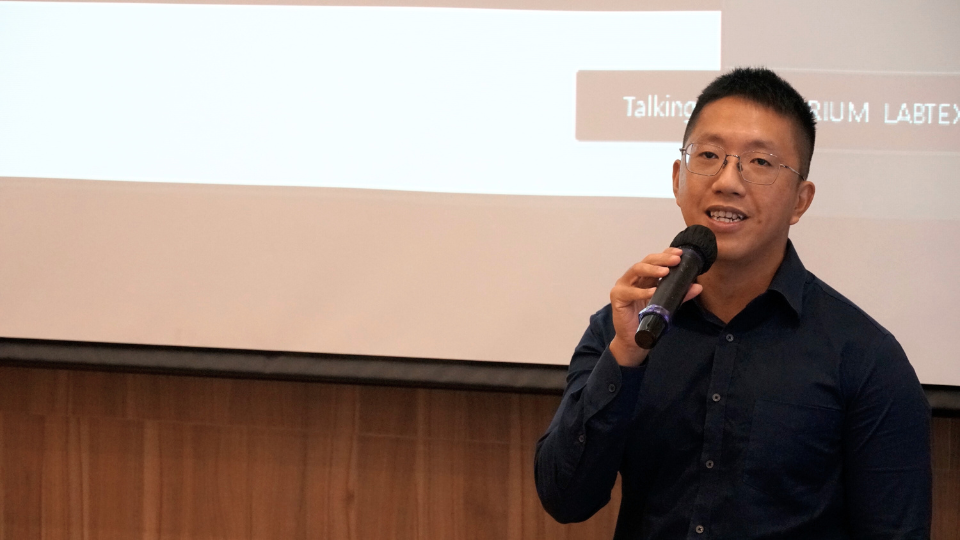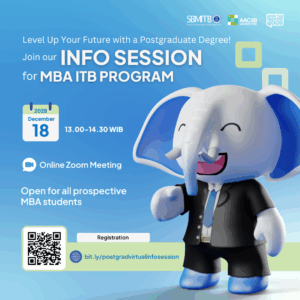Generative artificial intelligence (AI) has the potential to revolutionize marketing practices. This innovation allows for broader applications within a wide range of strategies. With generative AI, the marketing field can be transformed by enhancing content creation, increasing personalization, and making predictive analyses of consumer behavior.
This was conveyed by Dr. Eugene Aw Cheng Xi, Associate Professor and Head of Research & Postgraduate Studies at UCSI University Malaysia, during a guest lecture at the School of Business Management, Institut Teknologi Bandung, on Tuesday (10/9). He explained that AI can foster communication and innovation, creating value for target consumers on a larger scale.
However, Dr. Aw emphasized challenges in applying AI to marketing, particularly regarding content originality and intellectual property law.
Beyond marketing, generative AI also has the potential to revolutionize academic writing, particularly in literature reviews. Dr. Garry Tan Wei Han, who also delivered a guest lecture, explained that a literature review involves examining previous studies on the author’s research topic. Writing a successful literature review requires understanding the central subject of the research, selecting high-quality journals as references, avoiding low-ranked journals, and paying attention to the authors’ credentials.
Dr. Tan recommended that reference sources come from reputable databases such as Web of Science, Scopus, and Cabell, ensuring the literature review is high quality.
When discussing previous research, it is crucial to consider legitimate sources and the quality of citations from academic journals. Proper citations can enhance the credibility of the research.
Meanwhile, Dr. Keng-Boon Ooi, FASC, Distinguished Chair Professor and Director at UCSI University, highlighted the importance of citations in academia and research. Citations provide insight into the quality of publications. They help measure the visibility of research within specific academic fields or disciplines.
The more citations a work receives, the more significant it becomes. This visibility can be a factor in securing research funding, enhancing the reputation of academic institutions, and advancing academic careers.
The H-index is a key metric used to measure the quality of research. This index reflects a researcher’s productivity and the impact of their work. A strong H-index typically involves more than 15-20 citations. To optimize citation value, Dr. Ooi advised researchers to select the journals in which they publish carefully.
Researchers should also consider the number of words in their research titles. Titles should be efficient and strategic, using appropriate keywords that accurately reflect the content of their work. This thoughtful approach not only increases the visibility of their work but also guides readers to the most relevant research.
Attending conferences and publishing in open-access journals are additional ways to improve the visibility of research.
